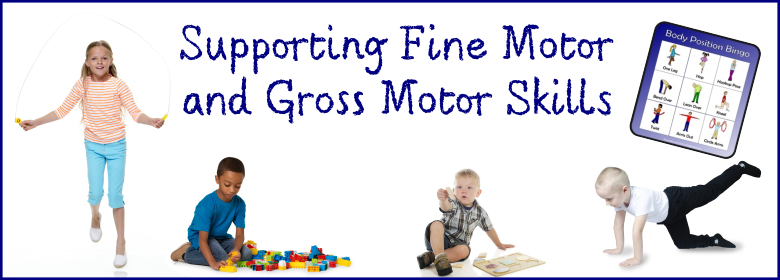
Using LessonPix to Support Fine and Gross Motor Development
"It's all connected" This is what I quickly learned as a parent of a child with special needs. With so many doctors and therapists each looking at their focus, I began to recognize how each specialty affects all the other areas: motor, speech, academics, health, soical, etc. One of the foundations for a "ready to learn mind" is a "ready to learn body".
This article will provide some basic examples of both fine motor and gross motor activities to support development. Fine motor skills are the ability to make movements using the small muscles in our hands and wrists. Students rely on these skills to engage in academic tasks in school and activities of daily living throughout their day. Fine motor skills also involve the coordinated efforts of the brain and muscles, and they’re built on the gross motor movements of the large muscles of the arms, legs and torso. Gross motor includes balance, coordination, body awareness, strength, and reaction time.
Gross Motor Skills
There are many ways to support gross motor development using visual supports. Whether you are making an activity to perform specific movements or included a movement break within a schedule, visuals help individuals understand the what, when, and how of gross motor.
Schedules: Gross motor activities can be a schedule to show a series of actions to perform or included within a daily schedule as a movement break.
Picture Cards Visuals: Here is a set of visuals with activities for the inhibition of toe walking.
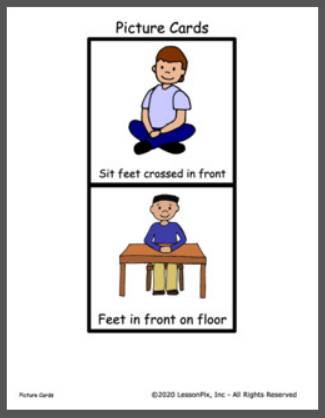
Place Picture cards of curriculum vocabulary, favorite student themes, or storybook characters on the games you play or on an obstacle course. .
Move Like the Animals: Use these Barnyard Dance cards to compliment the book Barnyard Dance, by Sandra Boynton along with stick puppets for students to pretend to be the animals
Move like the animals in this board game:
SImon Says: Play Simon Says using picture cards as a communication board or cutting up the cards to draw out of a hat. Student’s can have fun trying to trick each other into doing a movement when they don’t say “Simon Says”
Body Position Bingo: Play Bingo to work on focus, spatial awareness, and motor planning.
Fine Motor Skills
From Clothespin cards, to Lacing Cards, to Fortune Tellers; LessonPix offers many fun activities to promote fine motor skills. Here are a few ideas to help spark inspiration.
Play Clay (Playdough / Clay / Model Magic): Play Clay modeling strengthens finger muscles and develops visual-spatial skills. Use play clay as bingo marker or bingo dauber.
Art Activities: Address fine motor skills through fun art activities. Have students make a collage using this die. Roll to see what they put on their picture next!
You can color and glue on simple coloring pages. Make crayon rubbings by placing coloring sheets on top of textures like cardboard and sandpaper. .
Lacing Cards: Print on cardstock or laminate and punch holes around pictures. Make lacing cards using story characters, curriculum vocabulary, or even classmate photos.
Fortune Tellers (aka Cootie Catchers): This classic game promotes fine motor within a social experience.
Cut and Glue: Have student practice cutting and gluing with Big/Little Picture activities or glue picture cards on letters / numbers.
Clothespin Cards: LessonPix offers many types of clothespin cards. Students use fine motor skills to open and place clothespins on the right spot.
Cutting: LessonPix offers many temples to promote cuting skills. Note these can be used for tracing as well.
#OT Occupational therapy
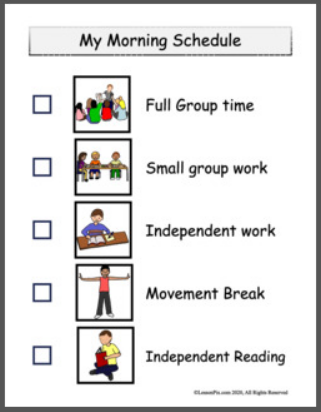
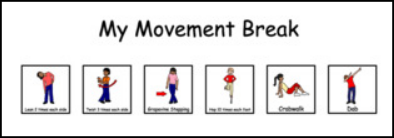
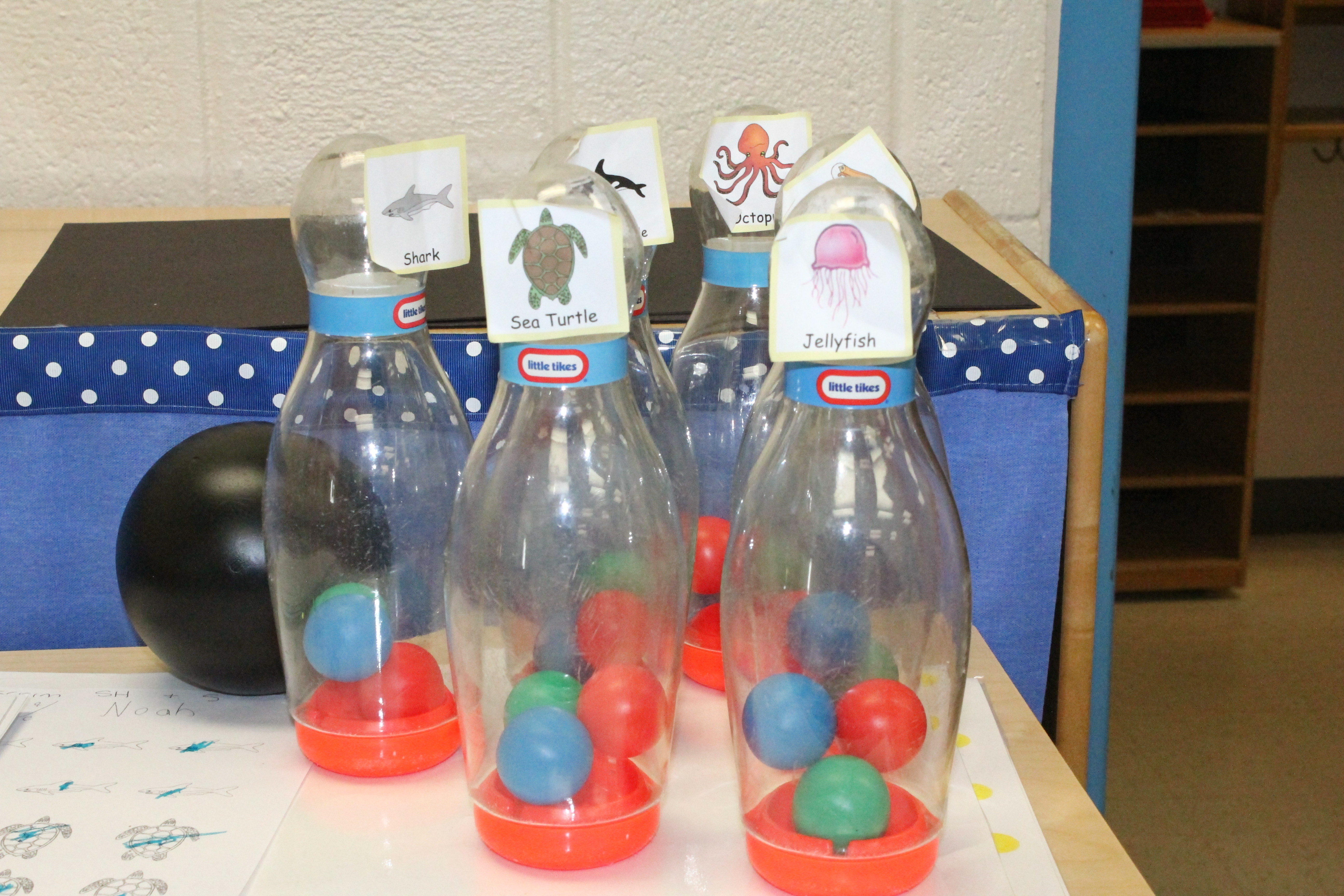
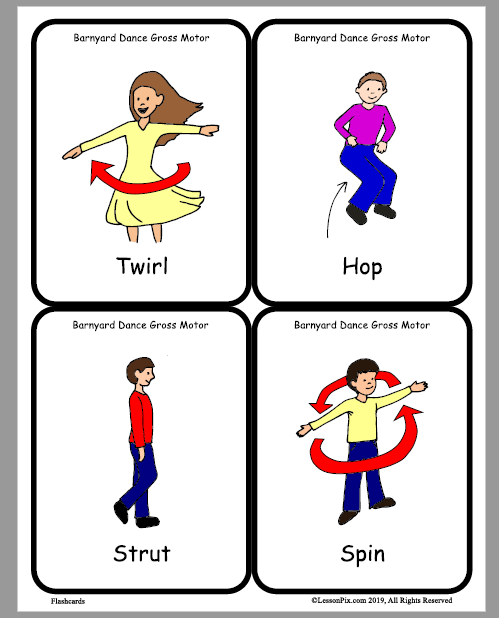
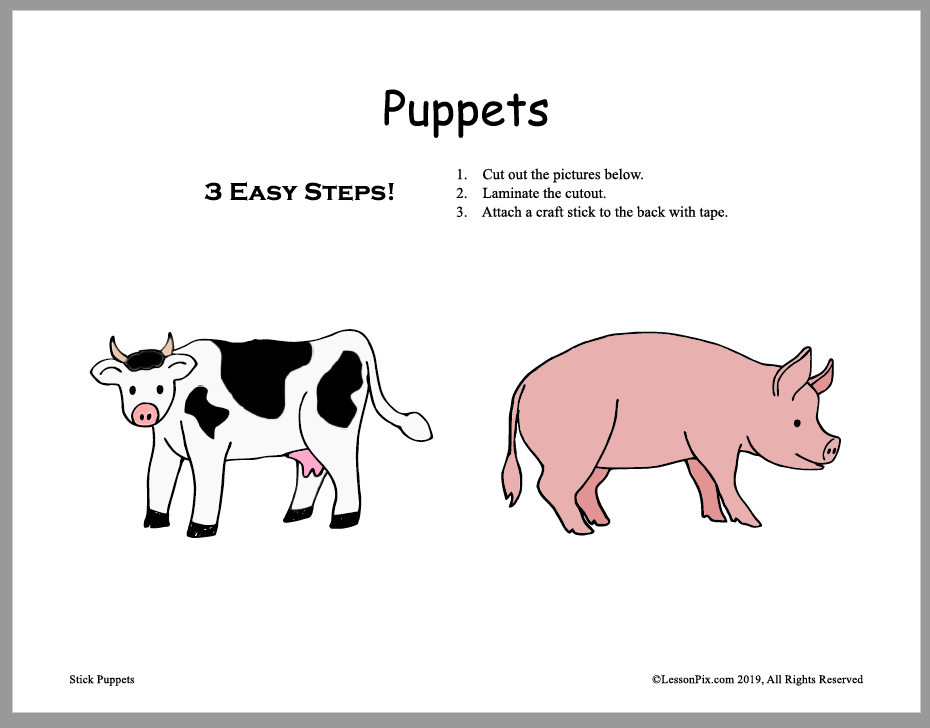
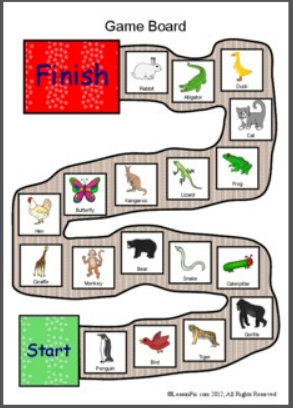
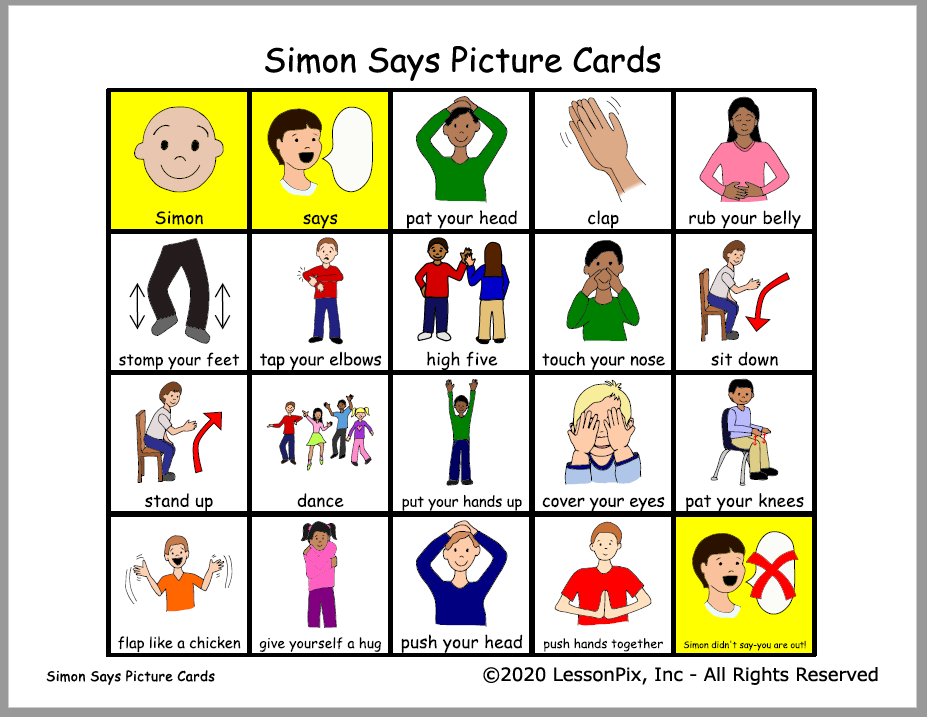
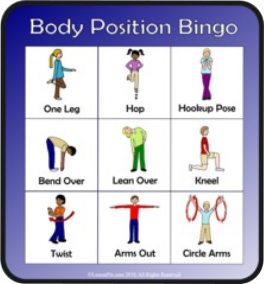

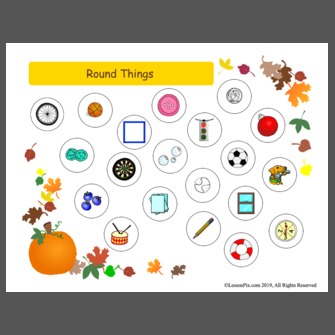
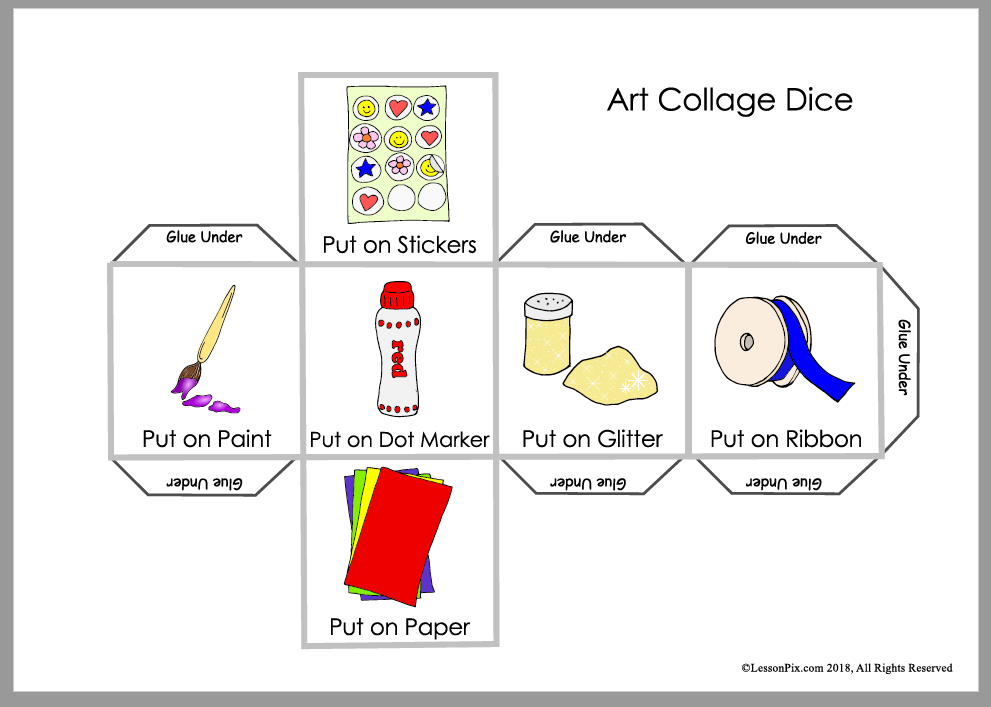
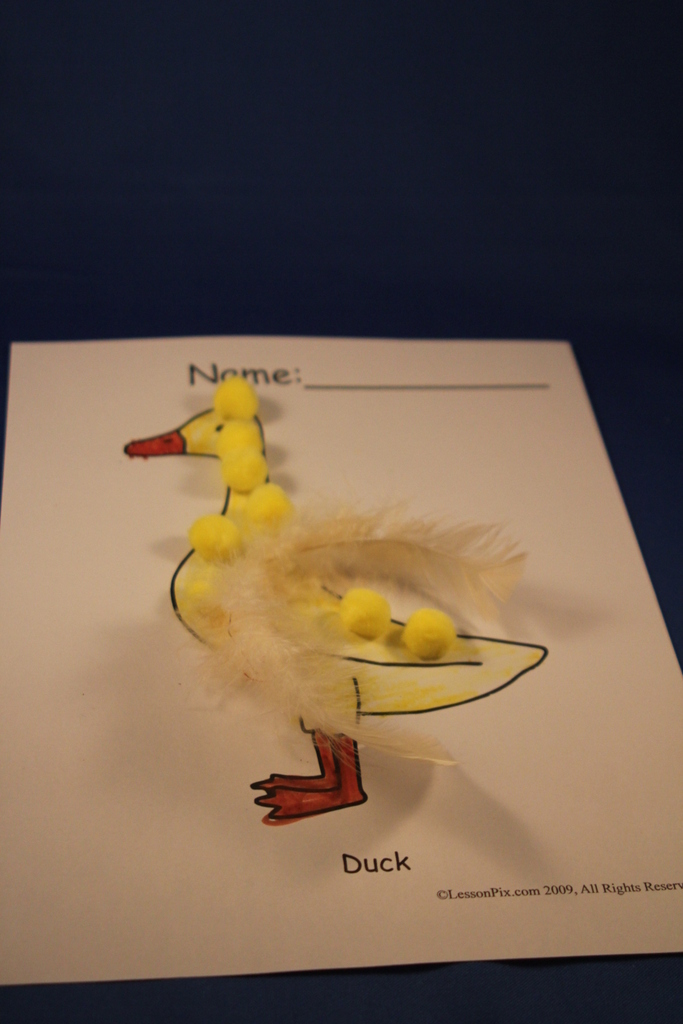

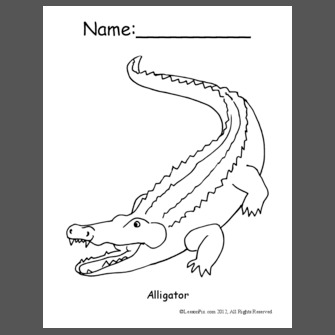
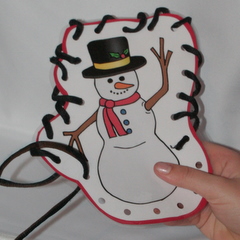
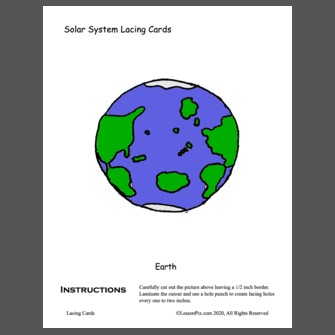
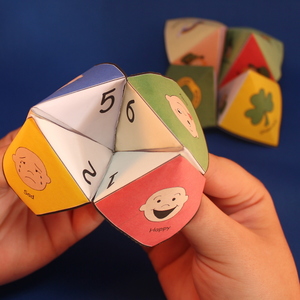
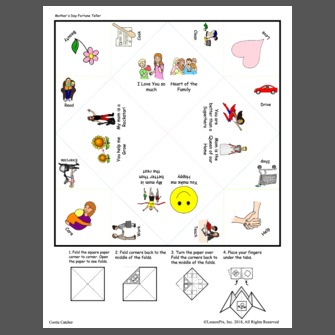
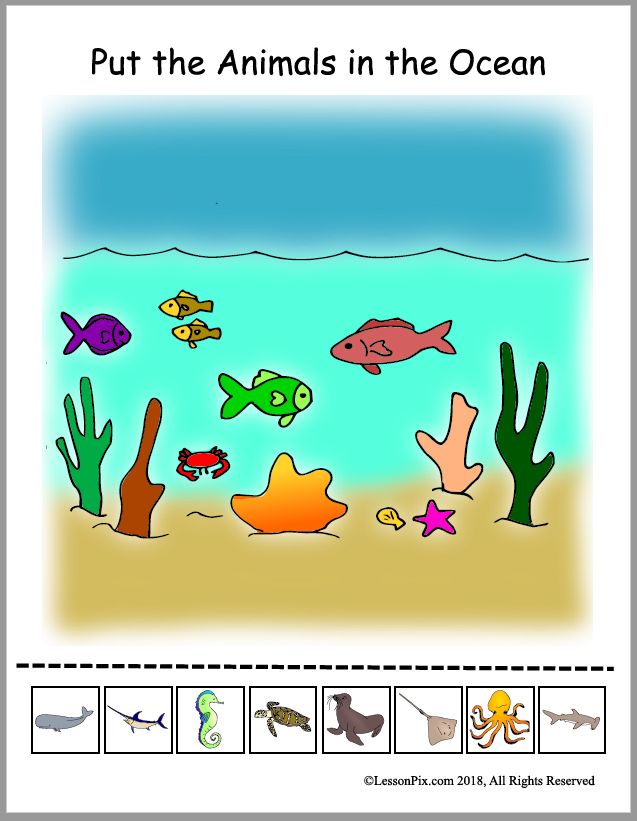
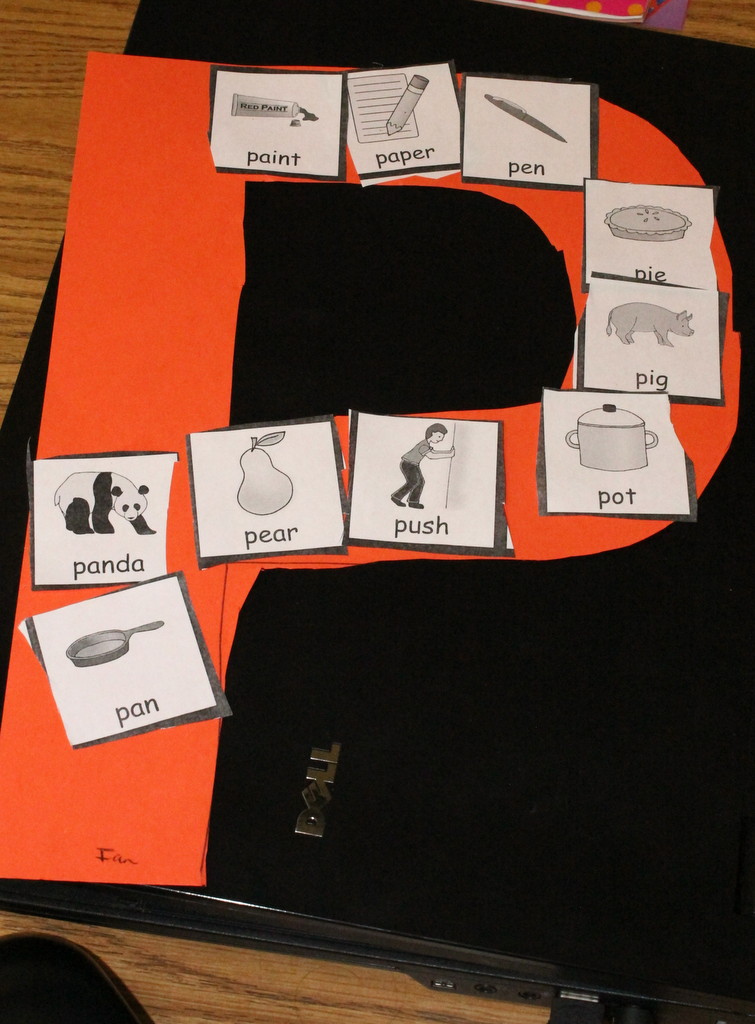
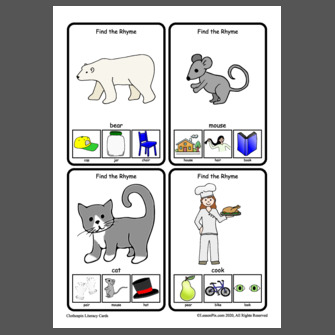
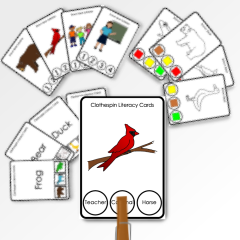
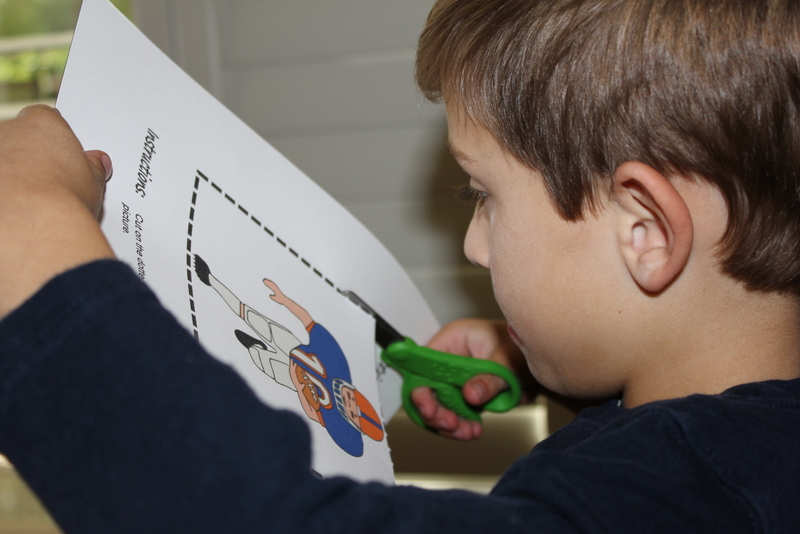
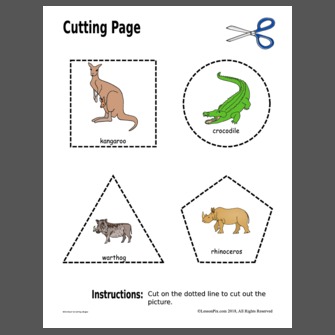
 Facebook
Facebook Twitter
Twitter Pinterest
Pinterest